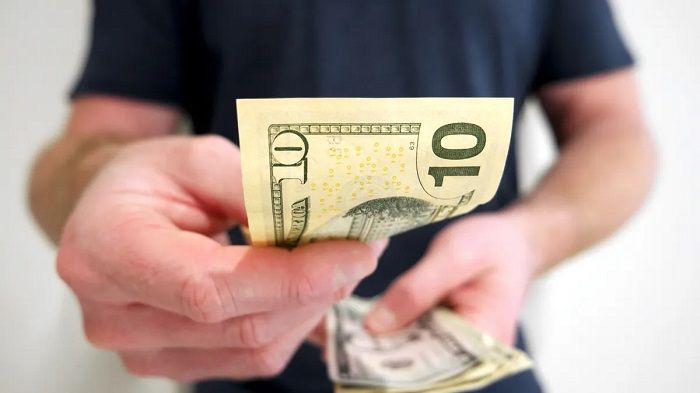The dollar has undisputed dominance in the global economy. The Federal Bank of America is increasing the interest rates heavily due to the slowdown in the economy and the slowdown in the economy after the Covid-19 pandemic. Due to this, the dollar is strengthening against the currencies of other countries. Due to this, the import bill of many countries is increasing hugely. In this context, many countries are looking for alternatives to the dollar in international trade. Our country has already decided to conduct trade with Russia in rupees. Now in the same way some other countries are also showing interest to trade with us in rupees.
Along with the world’s largest economies, smaller countries are also looking for alternatives to the dollar in foreign trade. 12 countries in Asia alone are on the same path. John Maldin, president and investment strategist of Millennium Wave Advisors, believes that Joe Biden’s government has failed to properly utilize the US dollar and the international payments system. He has vast experience in the market. He said that non-US investors, countries, tend to put their investments abroad instead of the US, which is known as the traditional safe haven.
Bilateral trade payments
Russia and China are planning to use their currencies for international payments. Using blockchain technology to speed up the payment process. After the war in Ukraine, the US and its allies banned the use of dollars in trade with Russia. As a result, Russia wants to pay in rubles for the oil and gas it supplies. Countries like Bangladesh, Kazakhstan and Laos are also negotiating to pay China in yuan.
Russia and China are taking care to replace the dollar with their own currency. This move is coming together well for many small countries. Along with these countries, our country is also making strong efforts to raise the rupee to international level. In December, our country launched a bilateral payment system with the United Arab Emirates (UAE). Trade with Russia is also conducted in rupees. For this our country has specially started Vostro Accounts. Our country has already given permission to five countries to trade in rupees. Some other countries including Sri Lanka are also seeking permission from RBI. During the first six months of the fiscal year 2022, China made 49.1 percent of foreign payments and receipts in its own currency. Indonesia has also announced that it will settle in its local currency with the central banks of South Korea and Australia. The Central Bank of Laos has banned commercial banks from selling foreign currencies.
The US dollar has strengthened 7 percent this year, according to the Bloomberg Dollar Index. This is the highest annual growth rate of the dollar since 2015. The dollar hit a record high in September. With this, along with our rupee, the British found also reached the lowest. The strengthening of the dollar has become a loss for Asian countries. Food prices are increasing. Repayment of foreign trade debts is becoming a burden for corporates. Poverty is increasing in many countries. Sri Lanka has defaulted on loans denominated in dollars. The influence of the dollar, which is the king of the currency, is gradually diminishing. Many countries have intensified their efforts to prevent its dominance. Due to many international reasons, many countries are trying to trade with their own currency. International experts also agree that the efforts of these countries may come to an end even though there is no problem for the dollar so far.
The dollar will face a challenge from the markets and currencies of many countries in the coming years. In this order, the respective countries are exploring all the opportunities to increase the value of their currency. These countries got a good opportunity in the form of Russia-Ukraine war. European countries are facing serious problems with sanctions against Russia. Russia, which exports oil, gas, wheat and barley to these countries, wants to be paid in rubles. Increasing US intervention in the international payments system is also contributing to the search for alternatives to the dollar.







